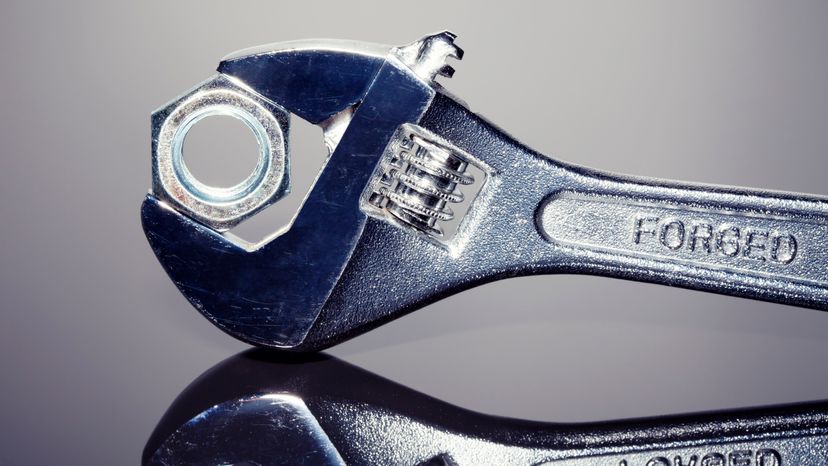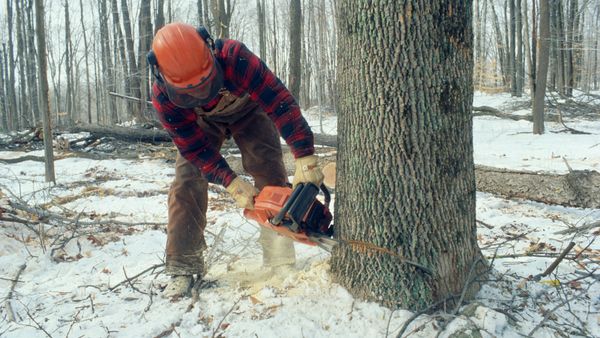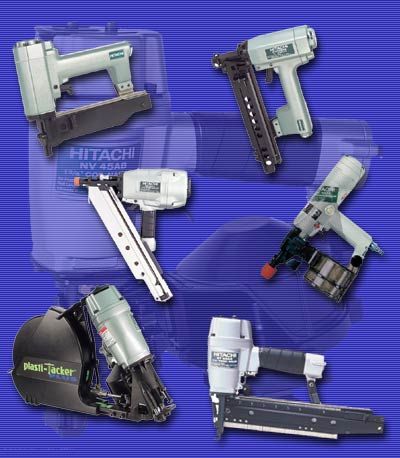
Key Takeaways
- Impact wrenches are powerful tools used to tighten and loosen bolts and lug nuts with high torque provided by electric or air motors.
- These tools deliver intense, sudden twisting motions in short bursts, effectively dealing with over-tightened or stripped fasteners that are difficult to handle manually.
- Available in pneumatic (air-powered) and electric models, impact wrenches are essential for professional-grade tasks and DIY projects, with electric versions being more convenient for roadside car maintenance.
Impact wrenches are the tool you turn to when no other wrench is working. Sometimes the lug nut is just wound too tightly in place; in other instances the screw head may be so stripped that a regular wrench can't get a good grip. Regardless of the reason, the impact wrench allows you to bring additional force and grip to a hard-to-turn bolt. Really, properly used, there is no lug nut -- no matter how tight -- that an impact wrench and a little elbow grease can't budge.
An impact wrench has an electric or air motor that applies a sudden, intense twisting motion to the recalcitrant lug nut, usually in short bursts (every five seconds or so). The continuous short, strong bursts of force trying to twist on the fastener are what eventually bring some movement (loosening or tightening). Indeed, an impact wrench can be used both to assemble and disassemble projects.
Advertisement
In addition to providing extra force to improve the torque of the impact wrench, the pressure also pushes the fastener being worked on forward. This action helps the impact wrench work much better on a fastener than you could ever hope for working simply by hand.
As noted above, impact wrenches are usually powered either by air (a pneumatic impact wrench) or electricity. A pneumatic impact wrench can provide the most torque and is usually considered the most professional-grade impact wrench. A pneumatic impact wrench is generally lighter and easier to use; however, an electric impact wrench can provide enough punch for the average do-it-yourself-er. An electric impact wrench is also the type you'll want to keep in your car to help change tires, as you're not likely to have access to an air compressor on the road.
Advertisement

